AI co-workers present an opportunity to scale care and streamline back-office operations, but success depends heavily on how the technology is deployed.
This article breaks down the most effective strategies for implementing AI in cardiology settings, drawing on lessons learned from real-world clinic deployments and what makes initiatives succeed—or stall.
Start with a Clear, Measurable Use Case
Successful deployments begin with a narrowly defined use case that solves a real pain point. For cardiology clinics, common entry points include:
- Fax triage and routing
- Referral intake automation
- Pre-charting for complex follow-ups
- Prescription refill handling
Choosing a specific workflow lets teams measure outcomes, collect feedback, and demonstrate ROI before expanding AI across the clinic.
Appoint an AI Champion
Clinics that succeed with AI typically assign a dedicated point person to oversee deployment. This individual should:
- Understand clinic workflows and pain points
- Act as a bridge between clinical, admin, and vendor teams
- Champion adoption internally
Whether it’s a nurse supervisor, operations lead, or tech-forward provider, an AI champion ensures momentum and accountability.
Deploy Inside the EHR—Not Around It
AI tools that require separate dashboards often go unused. Cardiology staff are already overwhelmed; they won't adopt tools that live outside their core systems.
Instead, look for platforms that operate directly within the EHR—whether it’s Epic, Athena, or NextGen. This reduces training time, eliminates toggling, and increases the chance of long-term success.
Build AI Agents Around Existing Roles
Effective AI deployments mirror the clinic’s org chart. Rather than a monolithic system, AI should act like a team of assistants:
- Chart Prep Agent for follow-ups and new patients
- Refill Agent to handle request intake and fulfillment
- Referral Agent to process inbound faxes and schedule consults
This role-based model allows for incremental rollout, clearer expectations, and easier troubleshooting.
Design Feedback Loops Early
AI agents improve over time—but only if they receive feedback. Effective strategies include:
- Weekly reviews of task accuracy
- Flagging incorrect actions directly in the EHR
- Direct escalation pathways for edge cases
Vendors should make it easy for teams to retrain agents without opening tickets or waiting weeks for updates.
Measure and Broadcast Results
Every deployment should include a reporting framework. Track:
- Time saved per task or per day
- Reduction in staff burnout or task backlog
- Cost savings and margin impact
Use real numbers to build support among leadership and staff—and to determine where to scale next.
Example: Scaling from One to Ten Agents
One cardiology group began with a single AI agent to handle fax triage. Within 90 days, they deployed agents across 10 functions, including:
- Device data filing (e.g., pacemaker reports)
- Referral outreach
- Pre-auth form generation
- Post-visit documentation routing
By month four, they had eliminated two open back-office roles and reduced provider overtime by 35%.
Conclusion: Treat AI Like a Team, Not a Tool
The best AI deployment strategies in cardiology treat automation as a workforce expansion, not a software purchase. Start small, align with clinical workflows, and scale based on performance—not hype.
With the right foundation, AI co-workers become essential contributors to the cardiology team—boosting efficiency, morale, and patient access.

